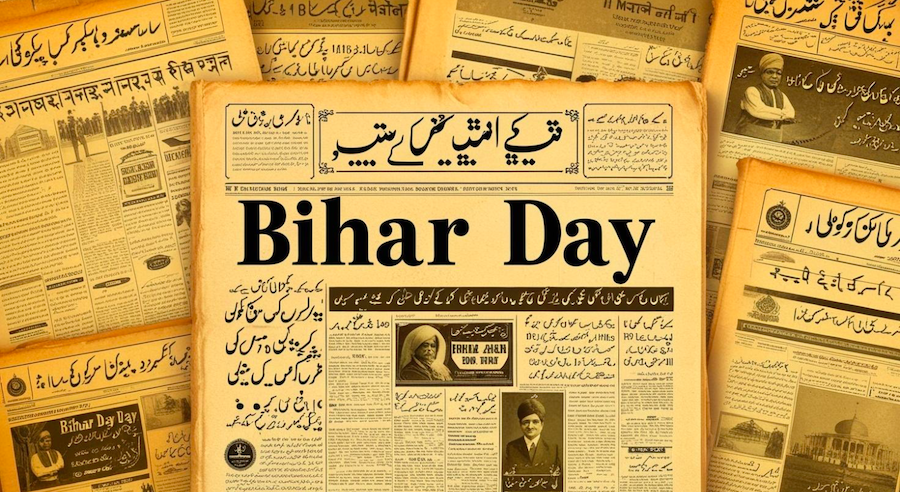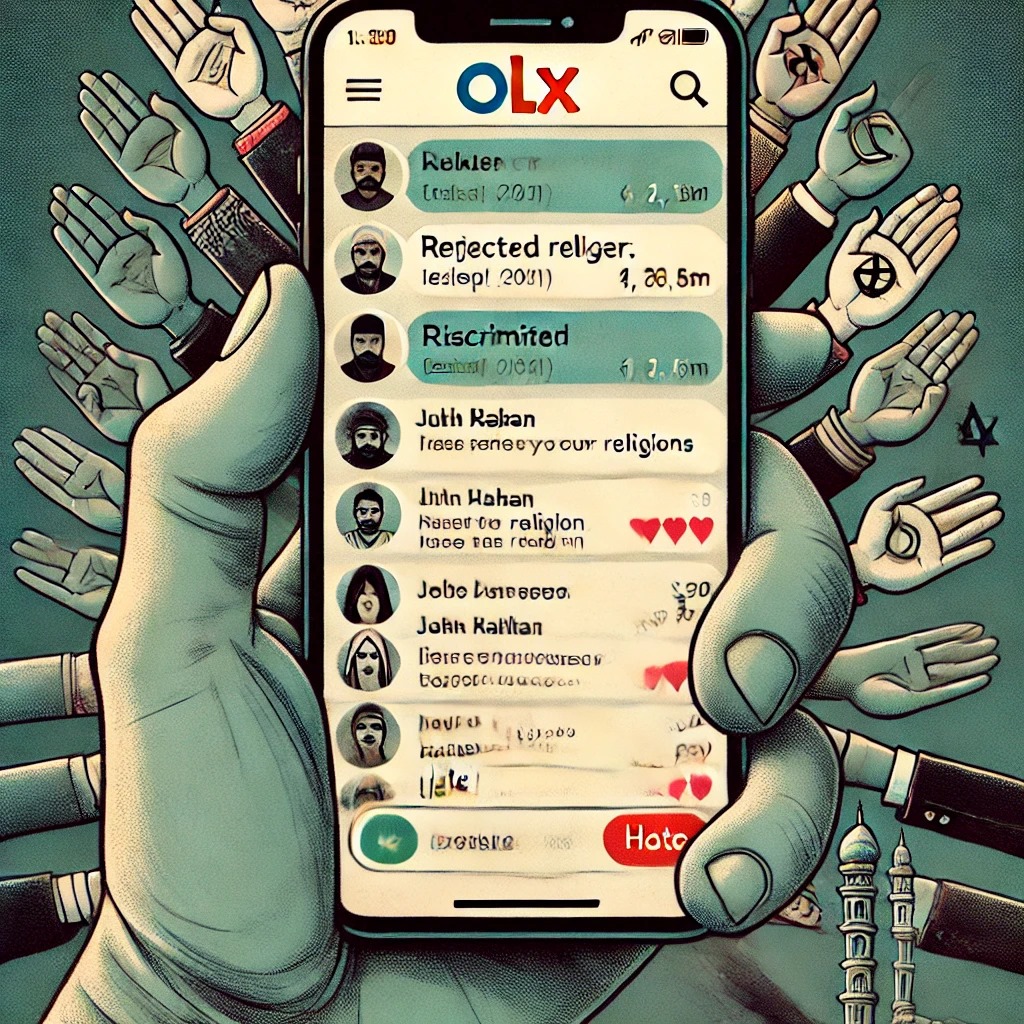Hrishikesh Bahadur Desai
Bidar: On his death anniversary on March 3, people of Bidar are reminded of the contribution of the Mughal emperor Aurangazeb to this historic city.
Aurangazeb came to Bidar after his father and emperor Shah Jahan appointed him the Prince of Deccan.
He wrested the Bidar Fort from the Adil Shahis after a 21-day war in 1656. With this, Bidar became a part of the Mughal dynasty for the second time. Earlier, Muhammad bin Tughlaq had conquered Bidar in 1330. The city was later ruled for 300 years by the Bahamani and Baridshahi rulers.

Historians such as Ghulam Yazdani have described the 1656 war as a “path-breaking event” for the Bidar Sultanate as it changed not only the ruling class but also the system of administration.
Victory Gate
Adil Shahi governor Malik Marjan was ruling Bidar when Aurangzeb’s forces attacked the city. Aurangzeb’s army walked triumphantly through the Navras Darwaza. Aurangzeb, who was leading the attack, went through the different gates and stopped at the Solah Kambha Masjid besides the Tarqish Mahal. He offered prayers at the masjid and proclaimed Shah Jahan to be the emperor of the newly conquered sultanate. Since they had walked triumphantly through the Navras Darwaza, he renamed it Fateh Darwaza (victory gate). He appointed his trusted general Ahmed Khan Keshgi as the governor of the province before returning to his seat at Daultabad, according to Bidar’s History and Monuments written by Yazdani.
“Aurangzeb’s rule recast the fort city. Old structures were demolished and new ones built in their place. Roads were widened. Governance was made stricter and revenue administration streamlined,” Yazdani said in the book.
Monuments
His governors built some of the most beautiful structures here. Hamiduddin Khan built the Chandni Chabutra, a platform for viewing the moon, on the eastern side of the Bidar Fort in 1661.
Mir Khalil Ullah, who was the governor in 1660, built the Khalil Masjid, now called Kali Masjid by the local people.
Governor Gafar-ul-Mulk built the Mughal garden on the Malkapur road in front of what is now Narasimha Jharni temple. The garden no longer exists. These governors also improved fortification of the city and built five gates in different directions. Most of these gates have metal plaques that provide information about the governors.
Namesakes?
Another interesting fact is that Bidar was the name of Aurangzeb’s favourite grandson and great grandson. Were they named after the city? Scholars differ on this. “There are two ways of looking at it,” says poet and Urdu scholar Mir Bidri. “Some people say Aurangzeb liked the city so much that he named his grandson Bidar Bakht and his great grandson Bidar Dil. This has neither been proved nor refuted. However, they may have been named so because Bidar in Persian means ‘awake’,” Mr. Bidri said.
“There are many myths associated with Aurangzeb. Some people think he was a cruel, anti-people ruler. However, there are others who say he was a pious and honest man, who met his personal expenses by stitching prayer caps and making copies of the Holy Koran. However, he did a great service to Bidar,” says Khaji Arshed Ali, MLC and editor of Hindi daily Bidar Ki Awaaz.
“Aurangzeb strengthened the Mahamud Gawan Madrassa by expanding its scope of teaching. He introduced Mughal architecture to Bidar and took back artisans from Bidar to Delhi and Agra,” he said.
Curtsey: The Hindu









